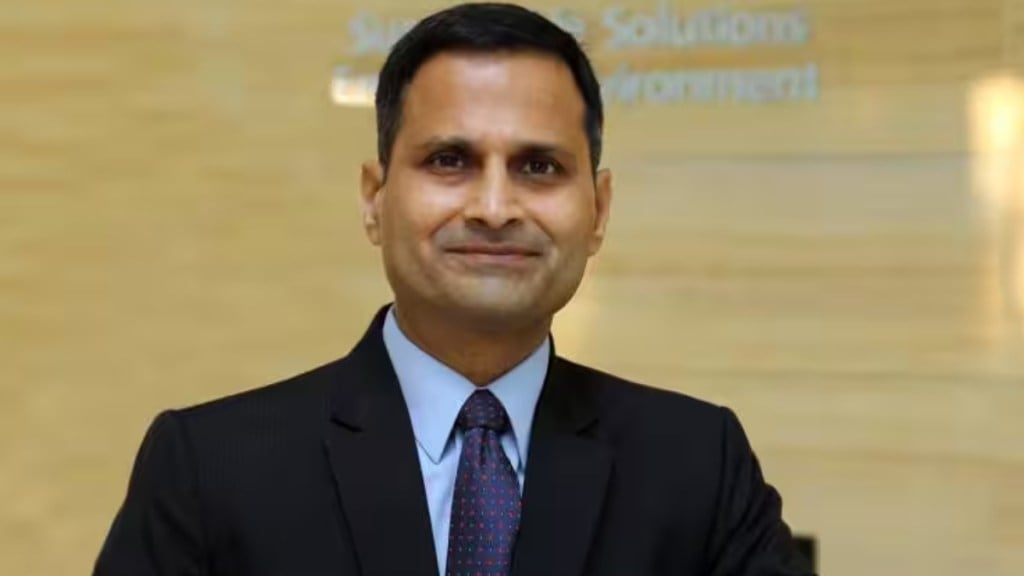Pune-based Thermax is looking to boost its energy transition play. The company recently entered into a tie-up with UK-based Ceres Power for electrolyser manufacturing and is eyeing a market share of 10-20% by 2030. Managing director and CEO Ashish Bhandari shares the company’s plans and strategy during an interview with Raghavendra Kamath. Excerpts:
You want to be a one-stop shop for customers looking at decarbonisation. Can you elaborate on that?
The idea is to be a partner to our customers in their energy transition journey. We want to be their first port of call. Technology is changing very fast and we can’t be manufacturing everything. For instance, we are not into solar panel manufacturing, which is fine…but we want to be a turnkey solutions provider and for that, we use our engineering excellence and domain expertise to also partner with leaders in their fields to provide solutions that help in energy transition and decarbonisation. Thermax offers a comprehensive range of renewable energy solutions to support decarbonisation efforts. These include wind, solar, hybrid systems, energy storage, and green hydrogen technologies. By harnessing clean and sustainable energy sources, we can help businesses reduce their reliance on fossil fuels and minimise their carbon footprint.
Furthermore, Thermax is committed to clean coal technologies. Our solutions for coal-to-methanol and coal-to-chemicals conversion aim to reduce the environmental impact of coal usage by producing cleaner fuels and chemicals. We provide energy management solutions that optimise energy consumption and efficiency. Through in-depth plant assessments and tailored recommendations, we help customers identify and address energy-related issues, leading to reduced emissions, improved operational efficiency, and increased uptime.
You have got into build, own and operate model in renewable energy projects. Kindly elaborate.
As new technologies evolve, customers have apprehensions about them and that’s where Thermax steps in to provide solutions on build, own, operate. For instance, in food and beverages, if a customer wants to set up a noodles plant with fossil fuels, we go to them and say we will build it with biomass waste…We will source biomass and ask them to pay us as they use akin to metered billing. We are running over 45 such plants for our customers and source 3000 tonnes of biomass on a daily basis. The same BOO model can be extended in water treatment, desalination, renewable energy and so on. We will help them set up the assets, operate the assets, and own them for our customers.
Despite the rise of renewables, thermal continues to be the main source of mitigating power demand and many companies are looking at thermal again. How do you look at it from Thermax’s perspective?
About 70% of our book is green and 30% fossil fuels. Our focus is on customers who are looking at energy transition and to make coal more efficient and more clean so that they can reduce carbon footprint. We do not participate in super critical projects as of now and unless our customer looks at it to improve efficiencies.
Which are the overseas markets from where you are seeing the highest demand?
About 20% or our book is international markets and in the recent past it is 30%. Southeast Asia, Middle East (West Asia) and Africa, and out of that, Southeast Asia is where we get highest business in sustainability and environment products. We want to double our business in these markets.
What are your plans in the green hydrogen space?
We have entered into a partnership with Ceres for solid oxide electrolysis technology and want to localise this technology over the next couple of years. However, there are a lot of open questions in the green hydrogen space.
What are some of these open questions?
First is from policy perspective. There should be policy for shift from grey hydrogen to green hydrogen. Second, on supply of hydrogen — at what cost power will be provided, how green should be the power, and whether sourcing from China will be allowed and so on.

